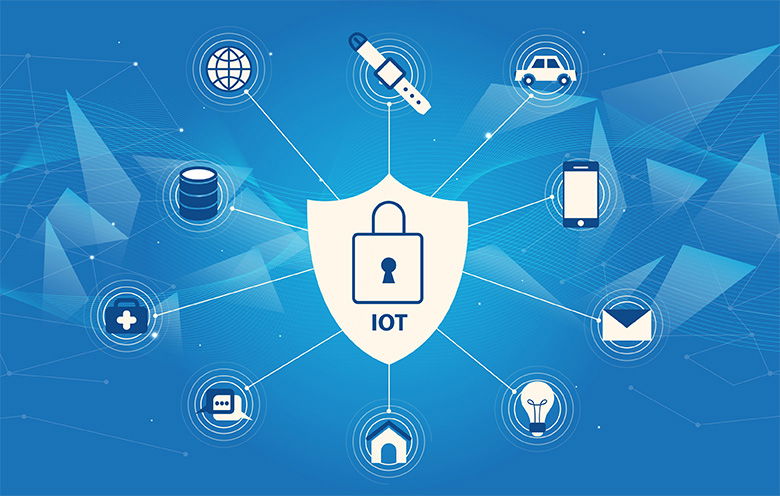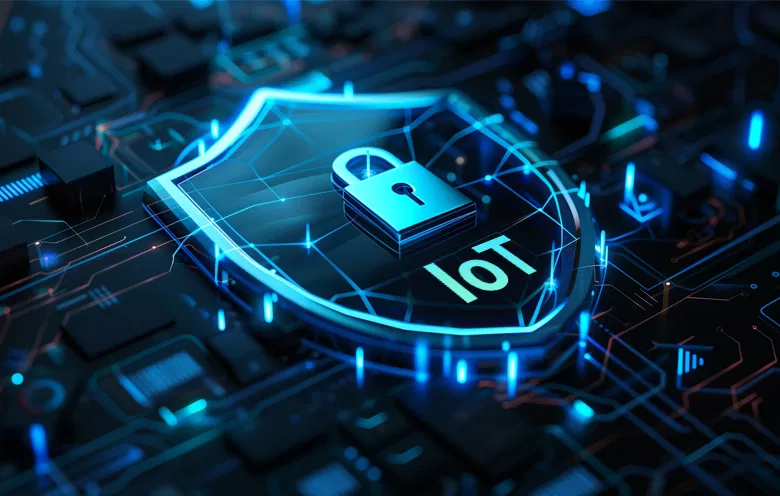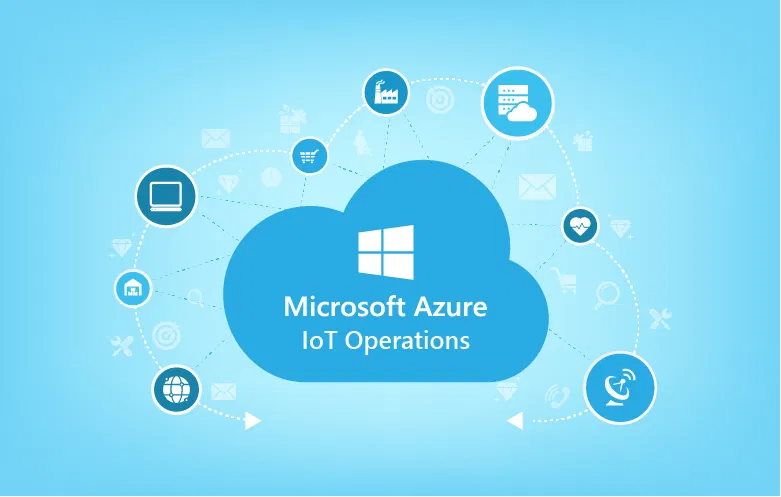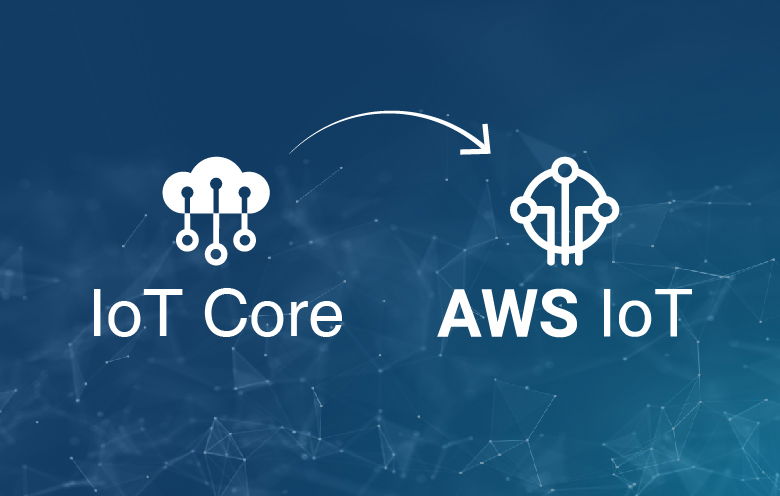The Internet of Things (IoT) has now become an inseparable part of our life. It is true that IoT has brought many advantages on the professional and personal fronts, but it has also brought in major security concerns with itself. Due to this, the data and IoT devices have become vulnerable to security breaches.
Hence it has become important that IoT solution providers must take extensive care to ensure that the IoT ecosystem is safe, secure and genuine. There is no doubt that connected devices and the data-driven world are offering various advantages, but we need to assess the probable security threats before completely adopting the technology.
The risks embedded in IoT
The increase in deployment of IoT solutions has given rise to associated risks. One of the main reasons for such vulnerabilities of IoT systems is the approach with which they are designed and developed. Manufacturers have prioritized functionality while developing the devices and have missed focusing on security. Due to this vulnerability, the IoT devices are at risk of getting hacked. Hence it becomes important to implement IoT security solutions for protection of crucial assets and data.
Chris Romeo, CEO and co-founder of Security Journey specializing in application security belt training programs said. “You have to protect your devices from the network and protect your network from the devices.”
Analyze and understand your setup
You must analyze your IoT system and understand when your devices can become vulnerable. This will help you to address crucial security loopholes. For a comprehensive evaluation, you should follow these eight steps:
1.Appoint a central team
Appoint a central team, including a chief information security officer (CISO) for managing the security of your IoT devices. Evaluate the skills of your employees and the ongoing practices in your company to establish the team.
2.Locate critical assets
Identify all the connected devices and sensors and then examine them to figure out the ones that could pose a substantial security risk.
3.Identify software vulnerabilities
The most significant risk that IoT-devices are susceptible to is due to software vulnerabilities. An inventory of critical assets can help you assess which software administers the actions of each hardware.
4.Monitor devices that enter your network
You must assess all the devices that enter your network. These can be new devices or old devices used by customers, shareholders, contractors and other people accessing your network. It is advisable to use a technology that automates the detection of new devices.
5.Look for evolving threats
Monitor all the connected devices and look for potential threats. Attackers search for exposed vulnerabilities in the software code. Apply software patches to devices that you find susceptible to attack by adversaries.
6.Examine new devices
You must examine and ensure that every new device you purchase contains updated security features in its hardware, software and network connection.
7.Encourage best practices
Make sure that all the stakeholders who access your network have strong security programs and they establish compliance with all your security practices.
8.Keep backups
Incorporate elements of a cybersecurity program for your IoT systems into your existing plans. This will help in disaster recovery and business continuity in the situation of a system breach.
Ideally, hardware and software solutions should be capable to combat security breaches that take place in the following three areas:
1.Design security
The security framework must be built from the basic level with security as an essential and integrated component. Developers must incorporate a system to make sure that the design is not cloned or overbuilt. This also includes IP protection; hence developers need to make sure that configuration bitstreams are protected and encrypted.
2. Hardware security
Developers must certify that user-accessible devices are resistant to physical attacks. The system boot-up must be secured from network-based attacks and physical attacks. And the devices need to be made tamper-resistant so that users can use them in tough environments.
3.Data security
Cryptography is the main mechanism to prevent and protect IoT data. It helps you to safeguard IoT privacy and establish trust amid companies and users. This becomes very important when you deal with personal identification information or sensitive data like the one collected by embedded and connected medical devices. Encryption prevents cybercriminals from manipulating or forging data.
Conclusion
The number of IoT devices is increasing every day due to rapid advancements taking place in the technology. But at the same time, hacking techniques are also progressing. This is increasing the risks of attacks on IoT devices. In today’s cyber hacking world, it is important to address the security issues proactively. The most important thing that developers must practice is to focus on secure development of an IoT solution. They should make sure that integration of an IoT solution with the system is done securely. Hardware security and authentication are also some critical measures that must be considered while deploying IoT solutions. To know more about securing your IoT assets and devices, talk to our IoT experts.



